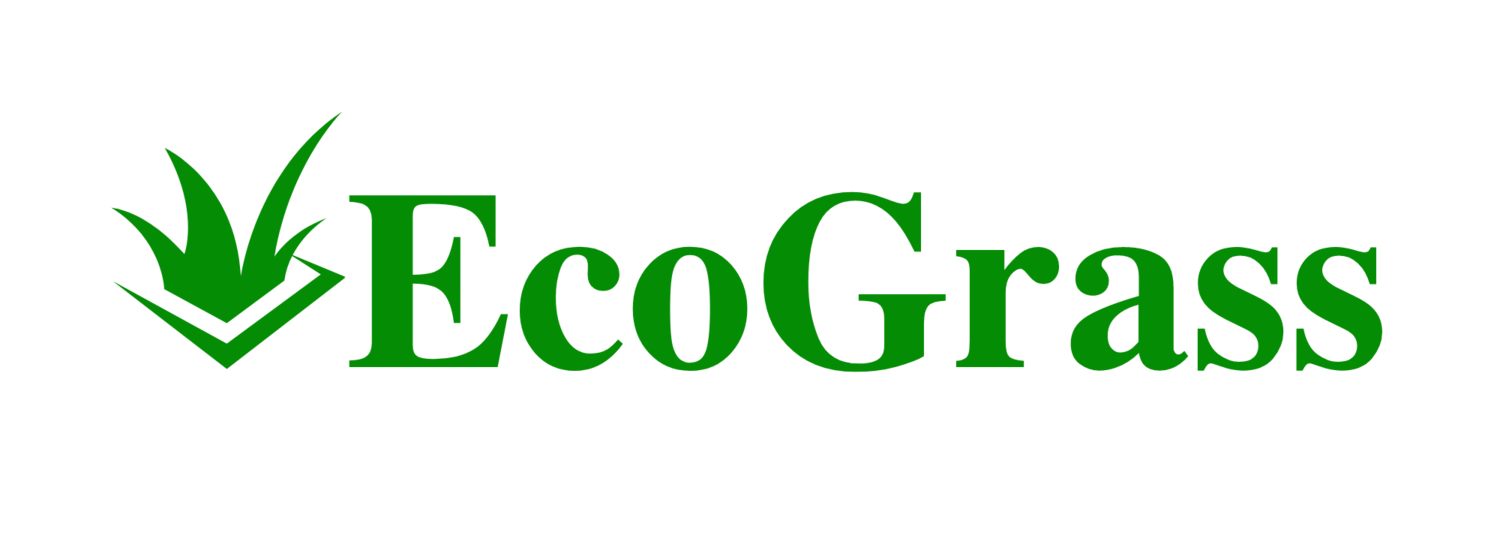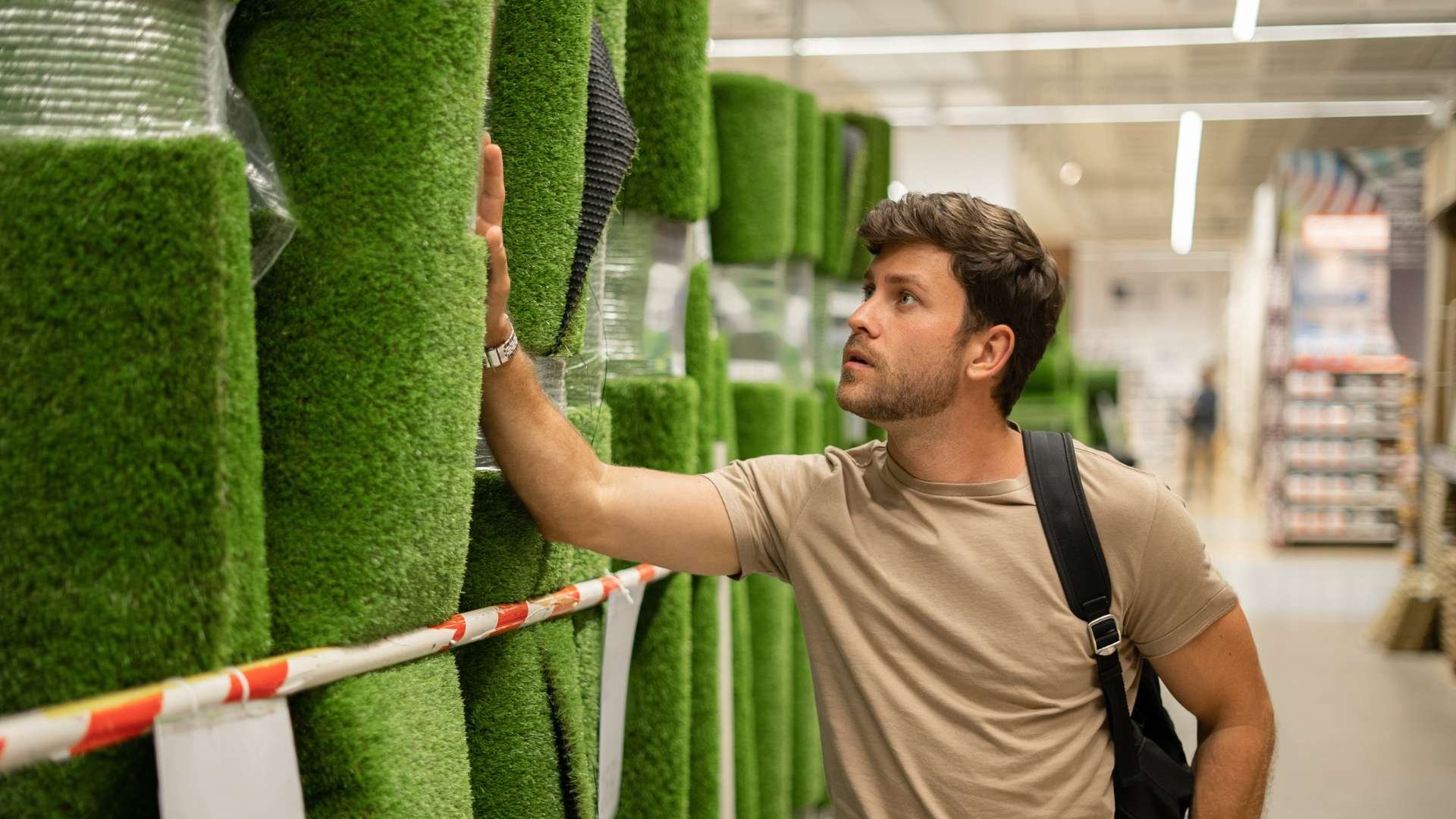How to Choose the Right Artificial Grass: A Buyer's Guide
Selecting the right artificial grass for your yard isn't just a matter of preference; it's a decision that requires a thoughtful approach. With the vast array of options available, understanding the key factors that contribute to the durability, appearance, and functionality of synthetic turf can guide you toward the best choice for your specific needs. Whether you're creating a play area for children, designing a pet-friendly space, or crafting a lush, maintenance-free lawn, the selection process is crucial for ensuring long-term satisfaction.
Consider the purpose of the grassy area when you start your search. Landscape aesthetics might call for medium-density, medium-pile grass with thatch to simulate a natural look without straining your budget. On the other hand, if you're installing a putting green, precision is paramount, and you'll want a short, dense pile with fibers, like nylon, that can stand up to repeated golf strokes. The texture, color, and pile height of artificial grass influence its realism and suit different applications, so seeing and feeling samples in your own space is advantageous before making a purchase.
Selecting the Perfect Artificial Grass
Choosing the right artificial grass involves understanding its basic properties, assessing your specific needs, and comparing the available types and materials to find the best match for your space.
Understanding the Basics
Artificial grass, also known as synthetic turf, is made primarily from three types of plastic: polyethylene, polypropylene, and nylon. Each offers distinct characteristics in terms of durability, texture, and appearance. Polyethylene is popular for its soft texture and natural look, while polypropylene is favored for low traffic areas due to its affordability. Nylon, the most durable of the three, maintains its shape and can withstand high temperatures.
Assessing Your Needs
Consider the primary use for your artificial grass. If you need it for landscaping, opt for a product that offers a realistic appearance with a mixture of green hues and a brown thatch to mimic natural grass. For sports or play areas, durability and a shorter pile height (about ½ to ¾ inch) are crucial to withstand foot traffic and equipment use. The quality of artificial grass is also important for longevity, and choosing a reputable manufacturer is key to receiving a high-quality product.
Comparing Types and Materials
When comparing types, look closely at the pile height because this affects the grass's look and feel. A taller pile gives a lush, full appearance but may require more infill to maintain stability. On the other hand, a shorter pile is easier to maintain and often preferred for putting greens or pet areas.
Consider the materials:
Polyethylene offers a balance between softness and durability, making it a common choice for residential lawns.
Polypropylene is less durable but can be more cost-effective for areas with light use.
Nylon is the strongest option, providing resilience and heat resistance, making it ideal for areas with intense usage or high temperatures.
In terms of appearance, seek an artificial grass that combines multiple colors and blade shapes for the most natural look. Be attentive to variations in color, as they contribute to a more realistic appearance of the turf. A quality artificial grass will often have UV protection to prevent fading and maintain its color over time.
Installation and Maintenance
Choosing the right artificial grass involves understanding the installation and maintenance requirements to ensure a long-lasting and beautiful result. Preparing correctly, using the best practices during the installation, and following a consistent maintenance routine are key to enjoying your artificial turf.
Preparing for Installation
Sub-base Importance: The foundation of your artificial turf is critical. A proper sub-base ensures stability, drainage, and a level surface. Typically, a 3-4 inch base of crushed stone or gravel is recommended, which should be compacted and leveled.
Drainage Solutions: Plan for water run-off by installing a drainage system beneath your artificial turf to prevent water pooling. Good drainage is vital, especially if your area receives significant rainfall.
Installation Best Practices
Aligning the Grass: Unroll your artificial grass over the prepared base and let it rest to flatten for at least an hour under the sun. Ensure the blade direction and the turf’s pile align uniformly to avoid visible seams.
Using the Right Infill: Choose between sand infill or rubber infill to provide your turf stability. Sand infill helps keep the blades upright and adds ballast, while rubber infill can offer more cushioning, which is ideal for play areas.
Securing Edges: Trim the edges and secure your turf with landscaping nails or lawn adhesive, especially around the perimeter and where two pieces meet.
Maintaining Your Artificial Turf
Routine Cleaning: Use a stiff brush or a leaf blower for regular cleaning to remove leaves and debris. Periodic rinsing can also help in reducing dust and pollen accumulation on your turf.
Stain Management: Artificial grass is stain-resistant, yet you should promptly clean spills to avoid any potential staining. Use a water and mild detergent solution to clean most stains or a turf cleaner for more stubborn spots.
Ensuring Durability: Follow the manufacturer’s maintenance guidelines to keep your warranty valid. Regular maintenance helps keep your artificial grass looking pristine and can prolong its lifespan significantly.
Low-Maintenance Nature: Enjoy the low-maintenance benefit of your artificial grass, which does not require mowing, weeding, or fertilizing like natural grass.

